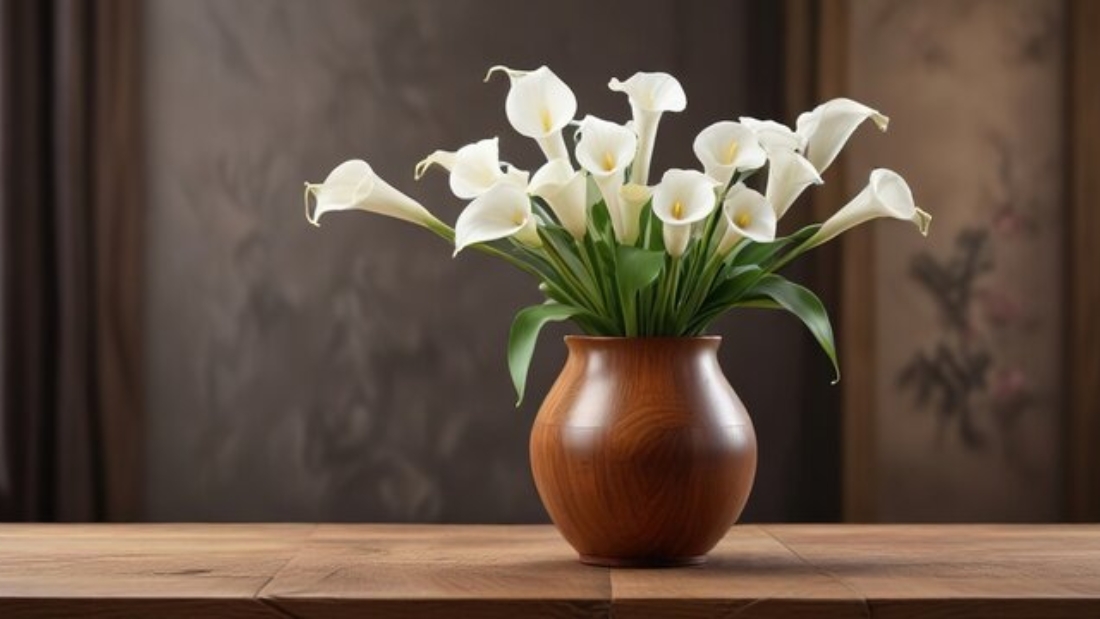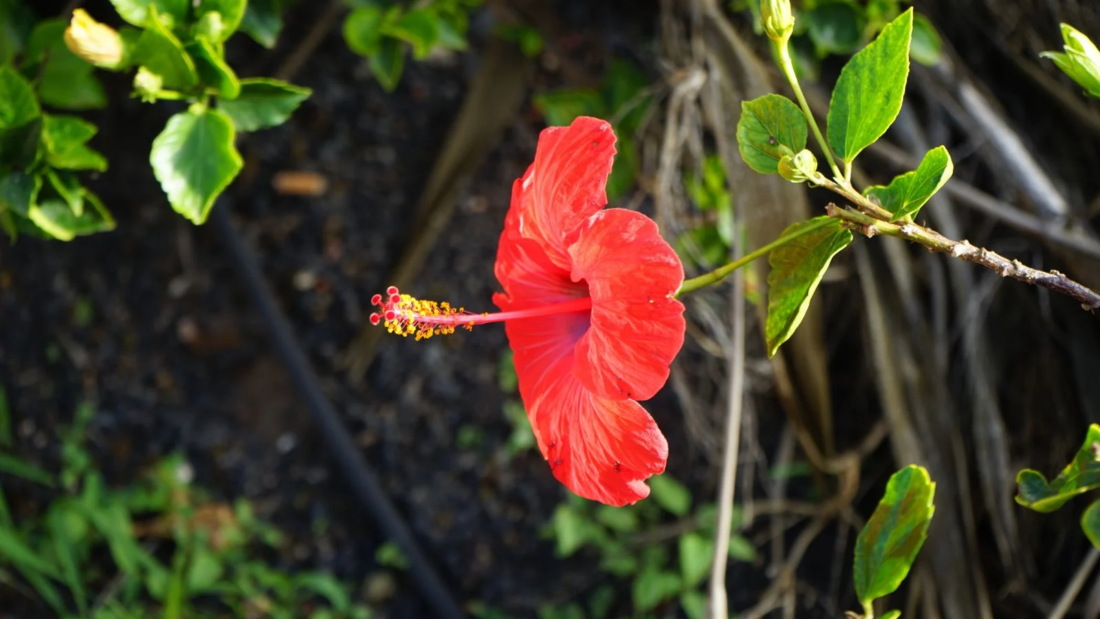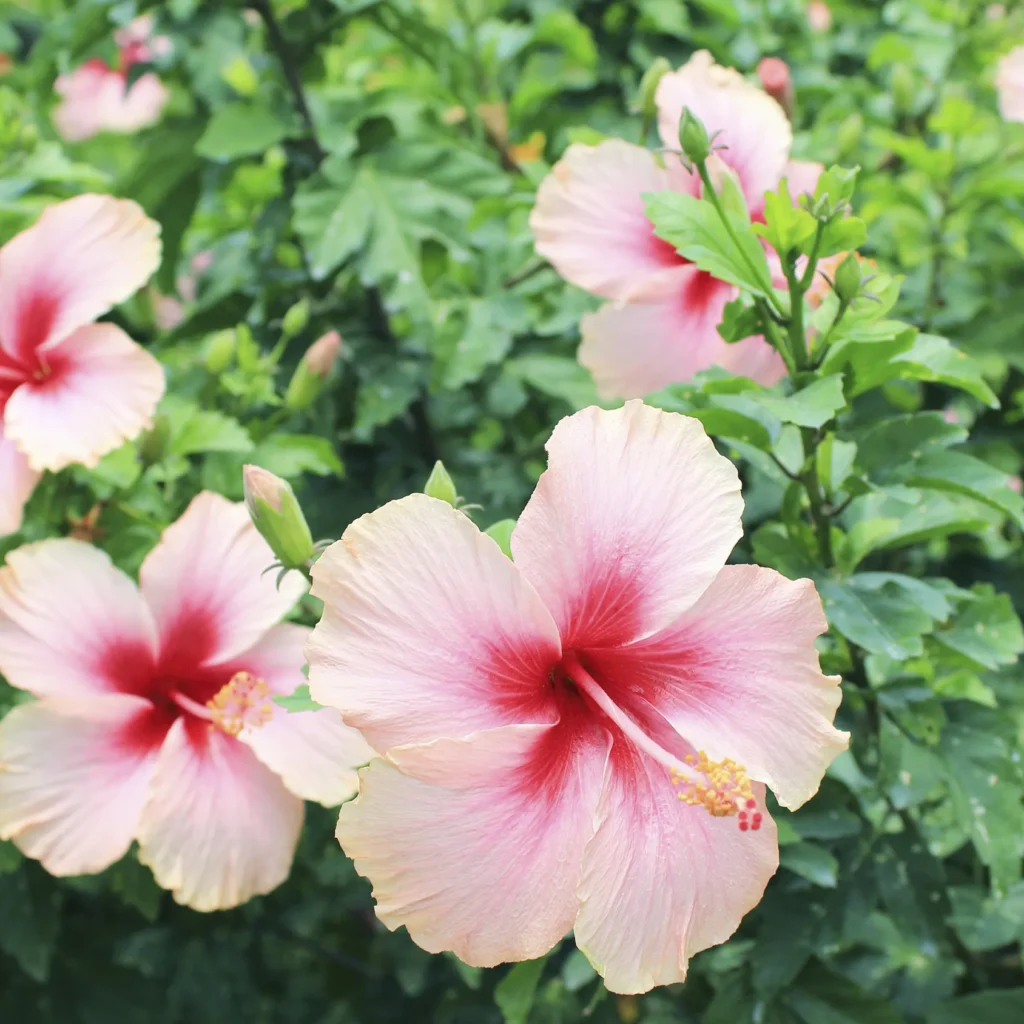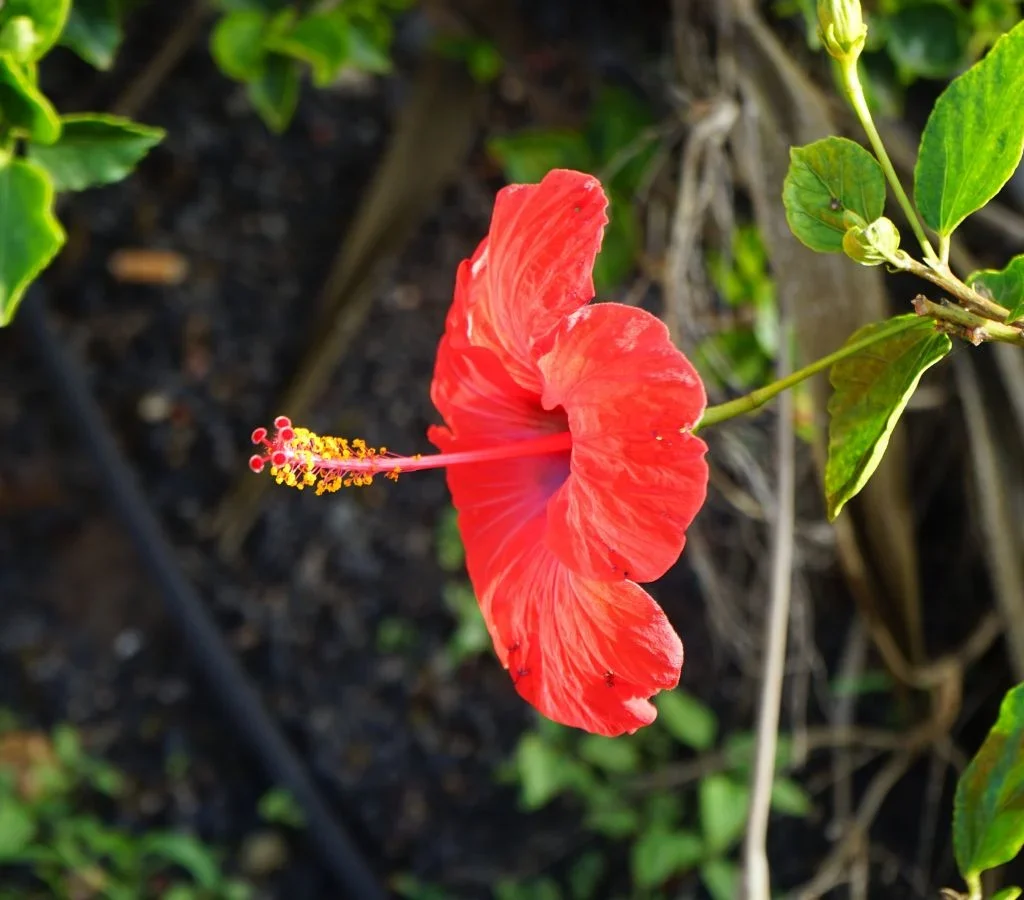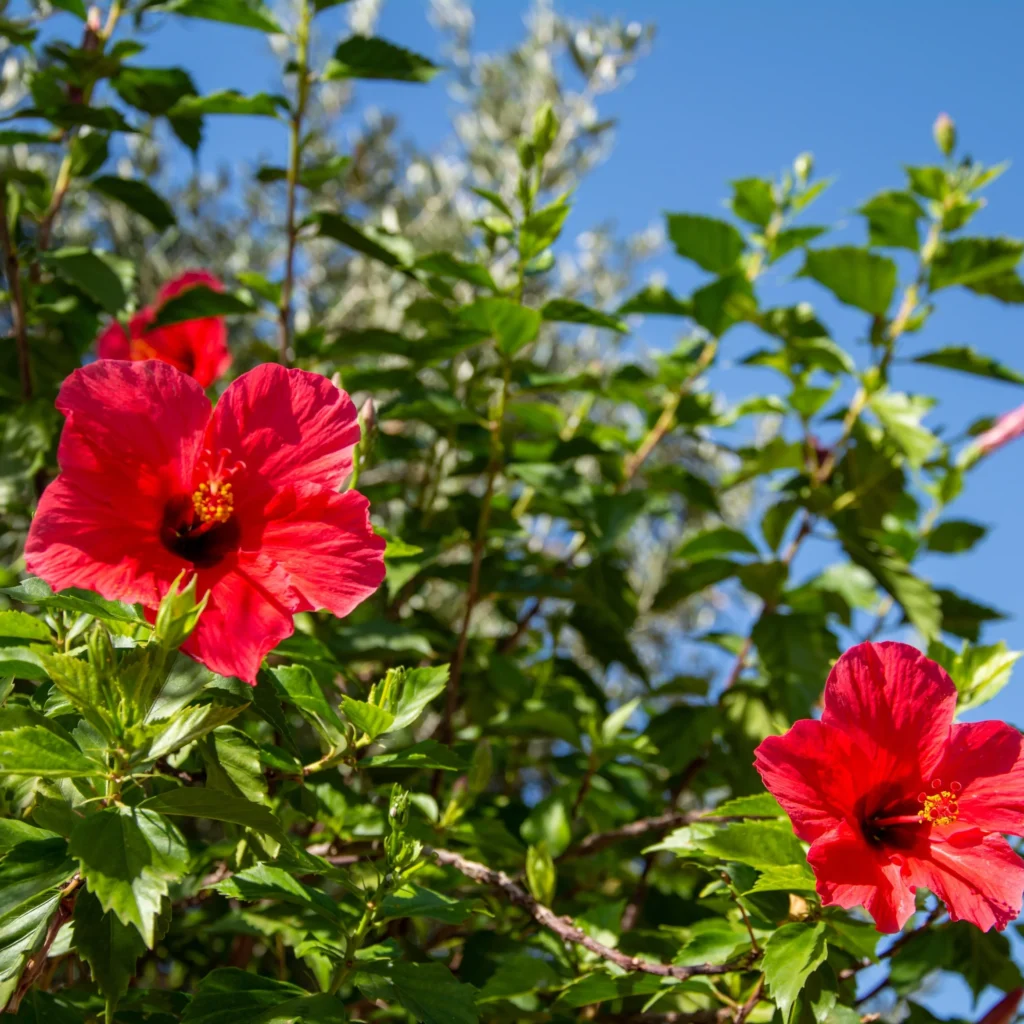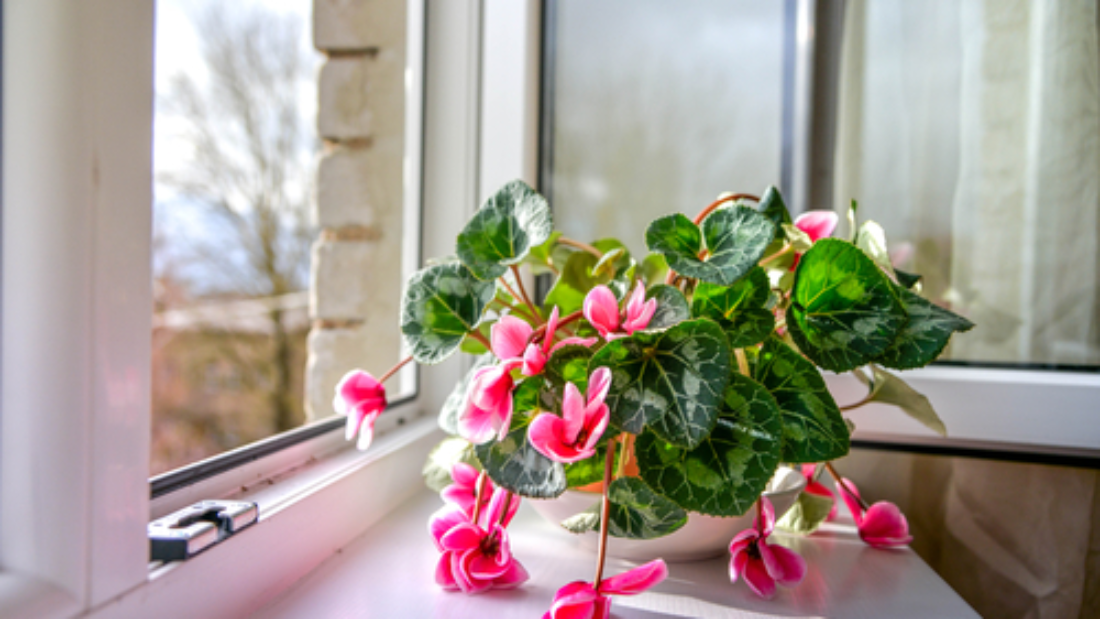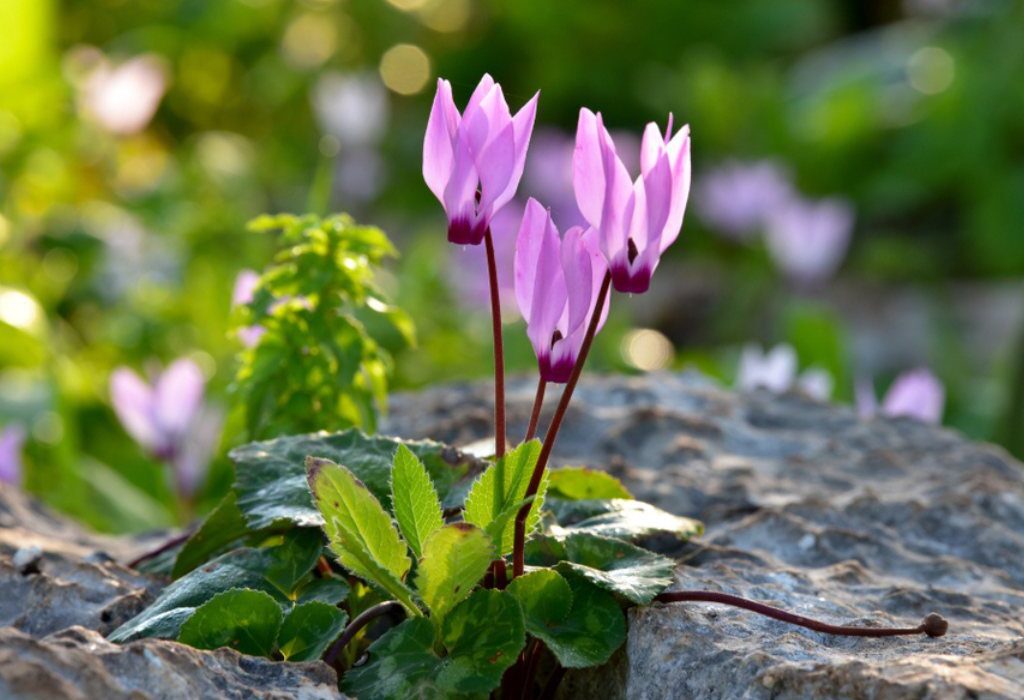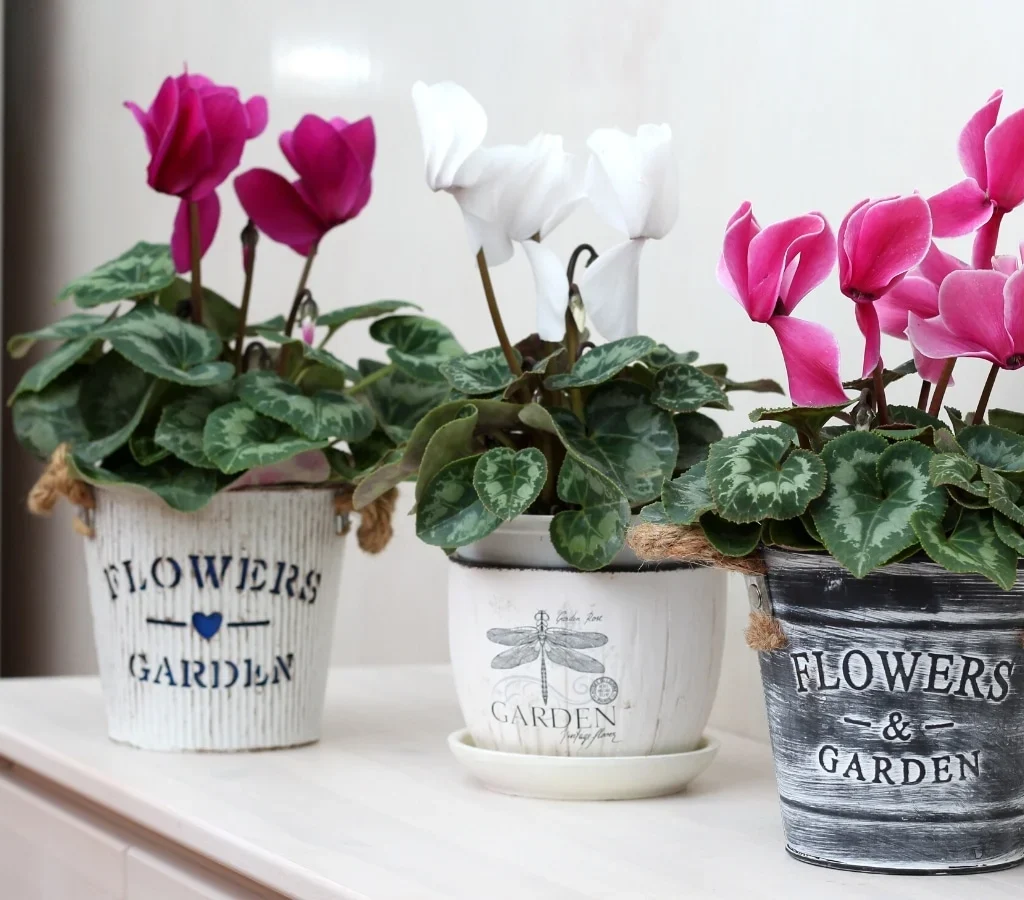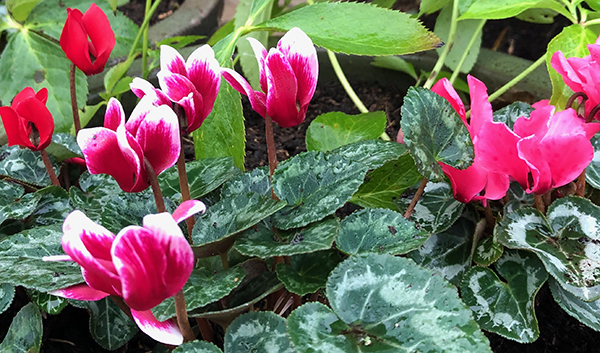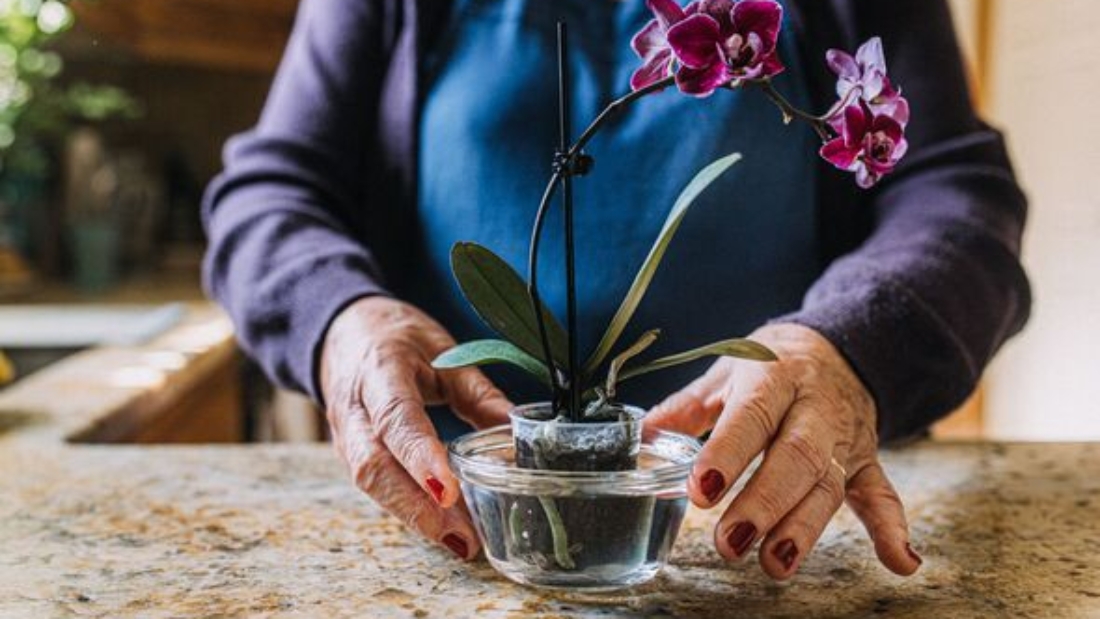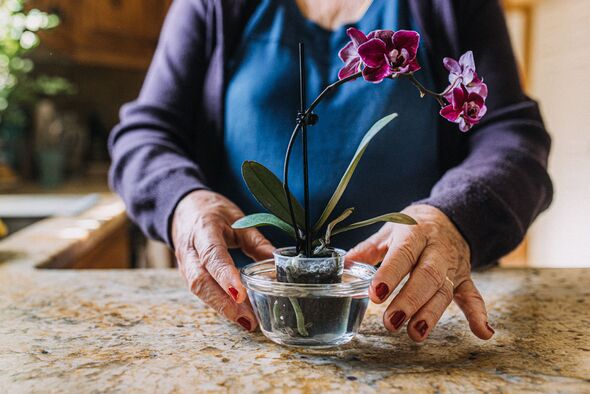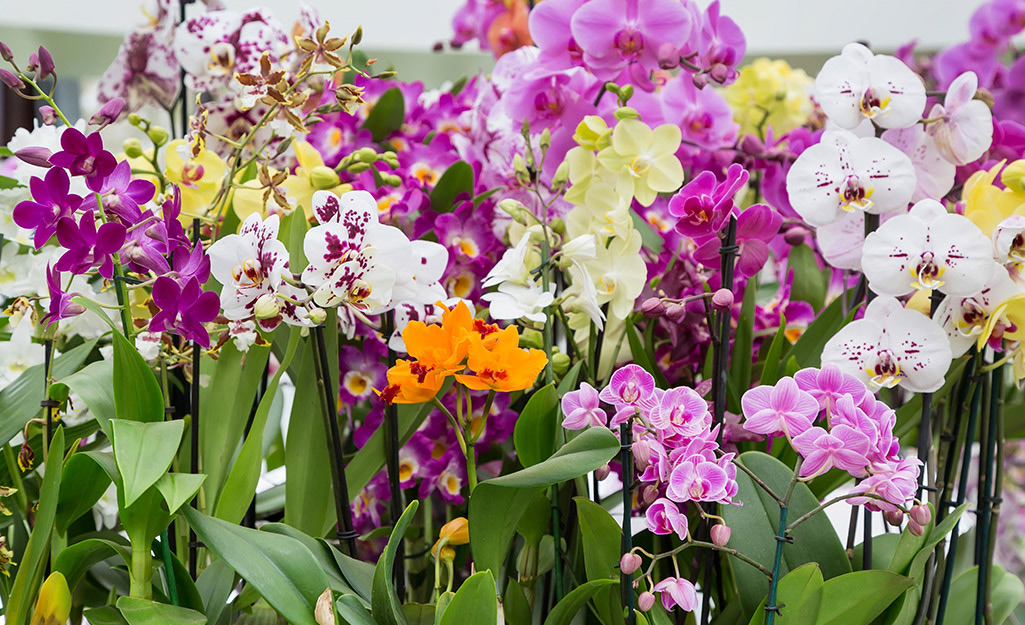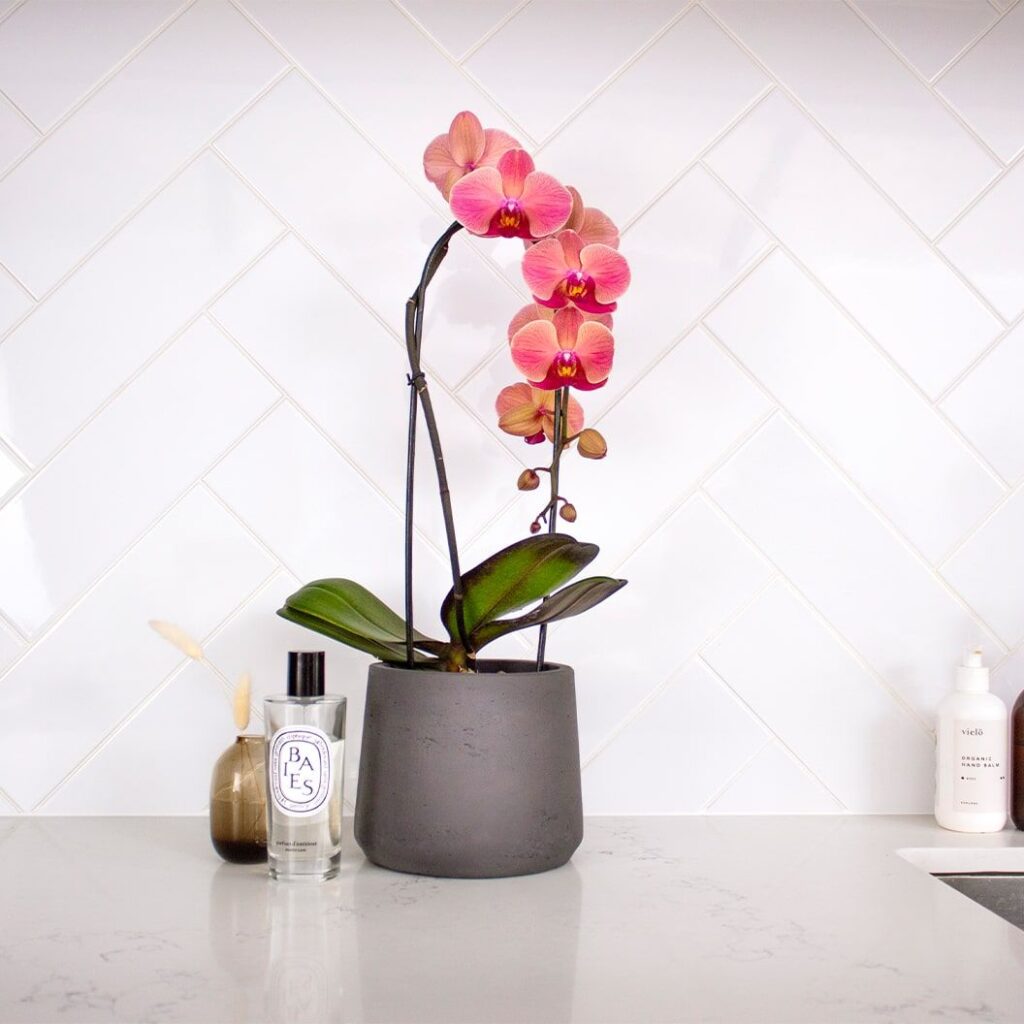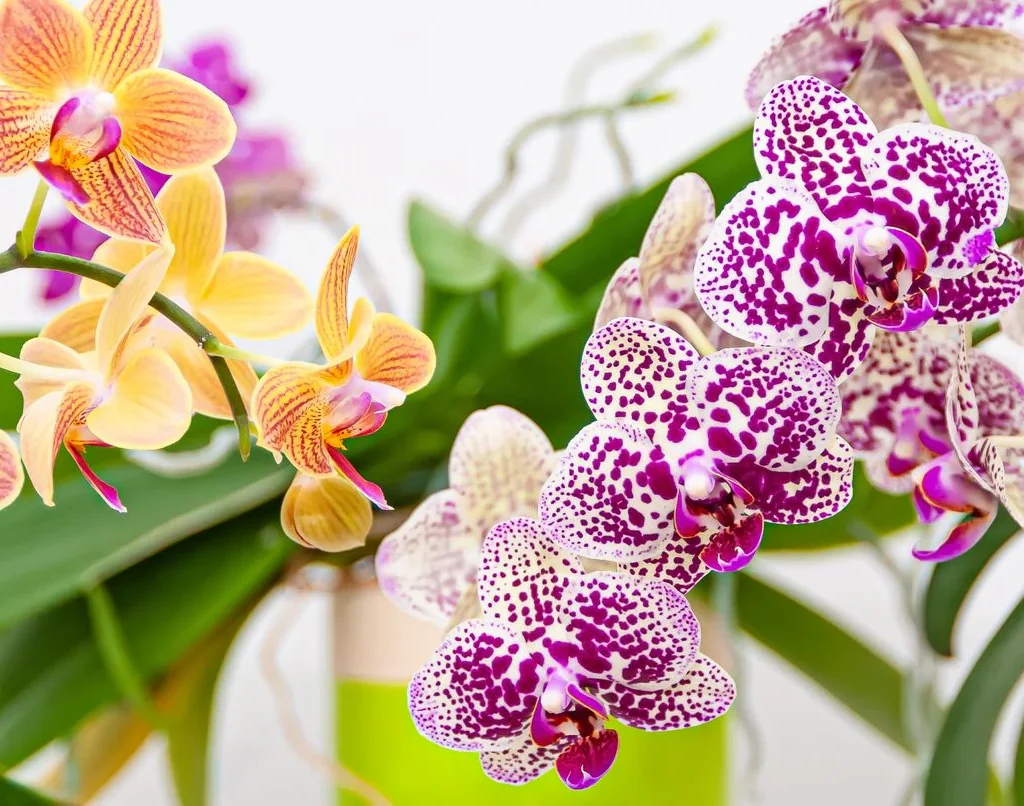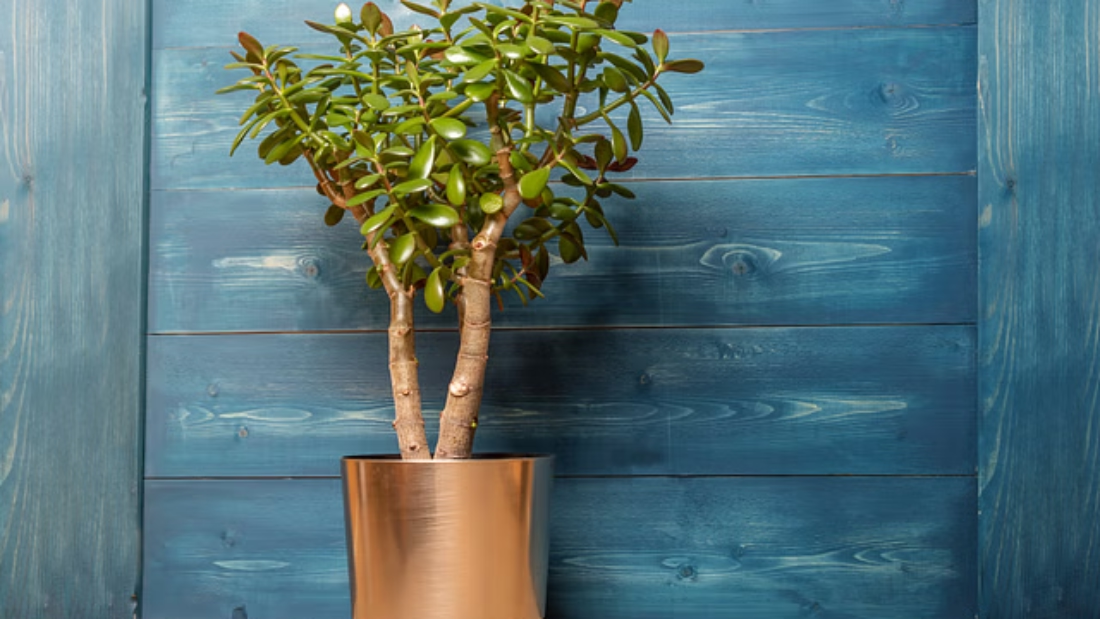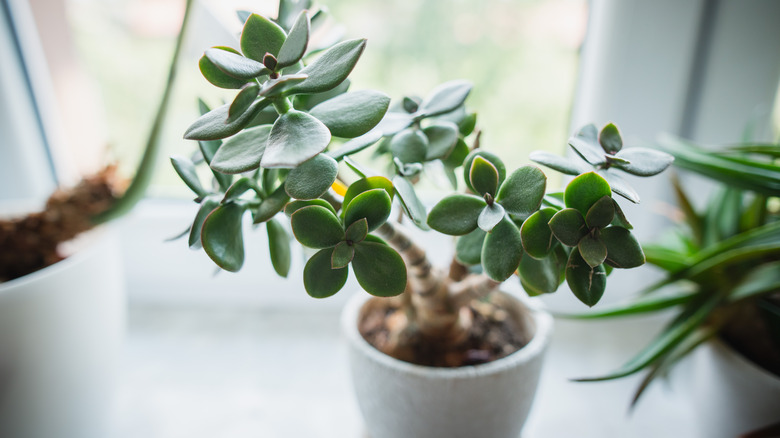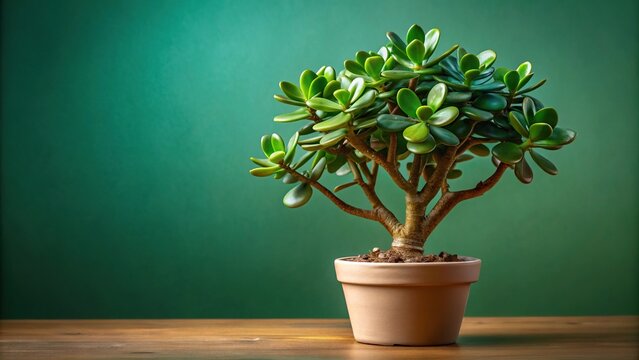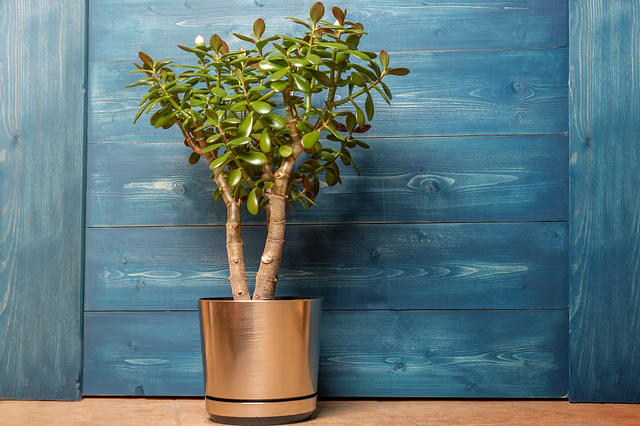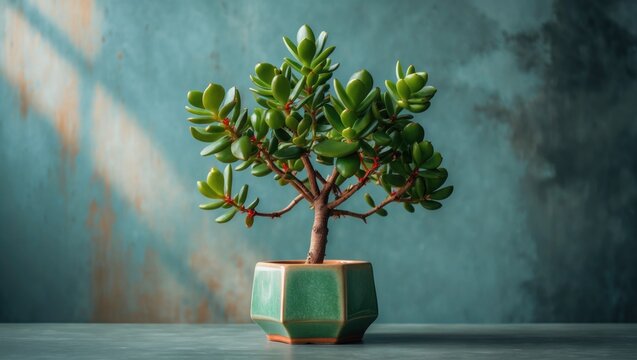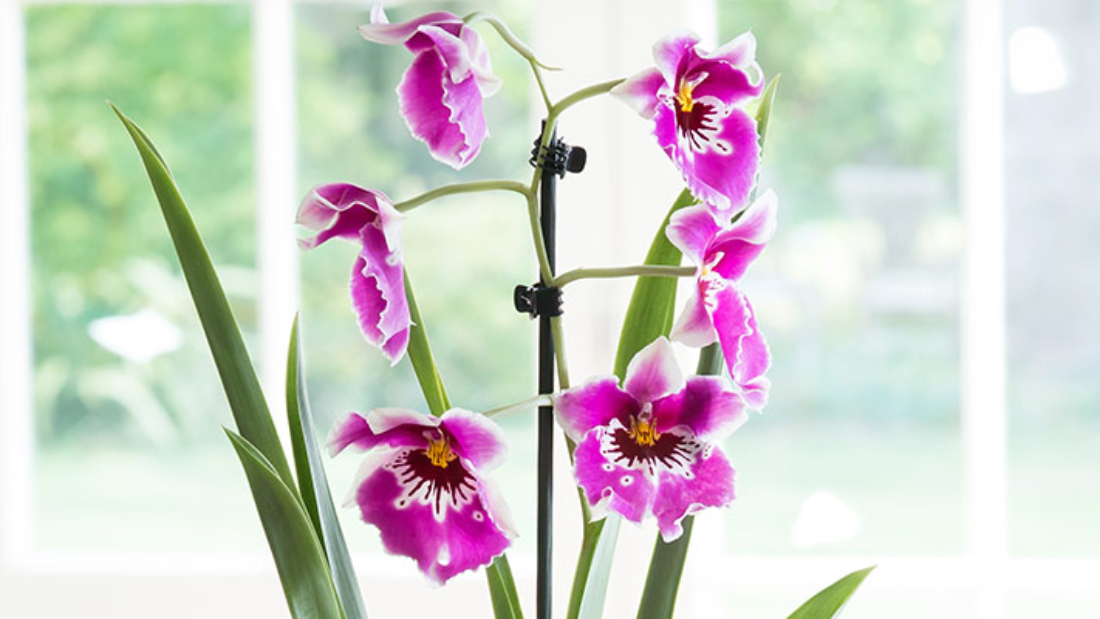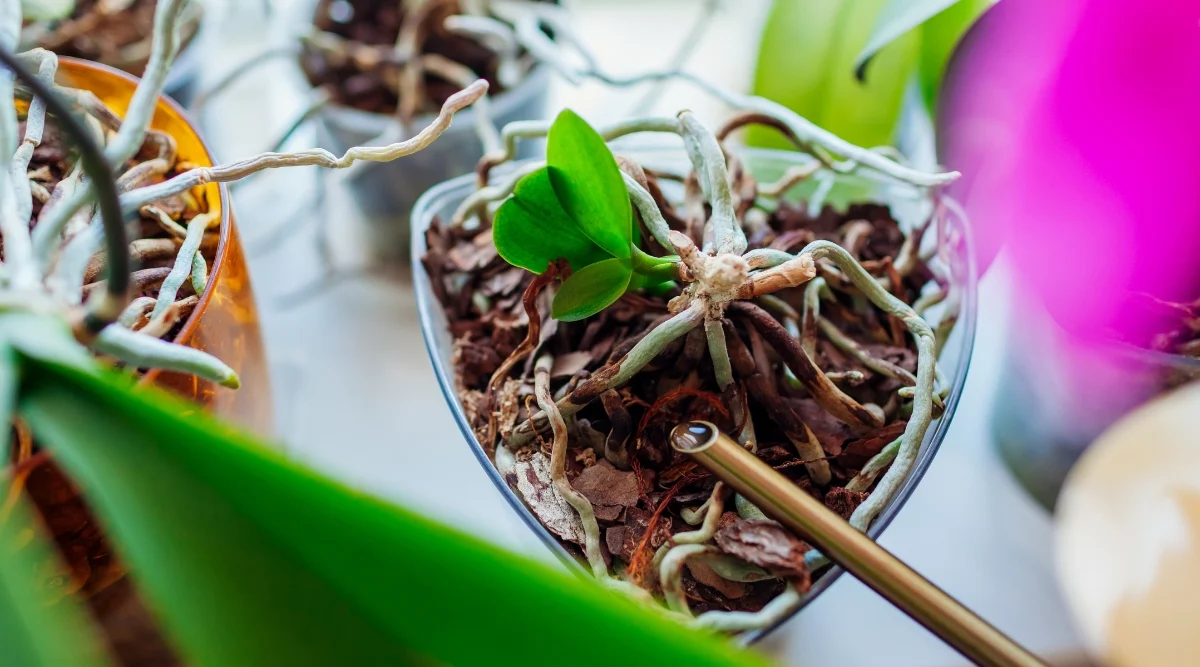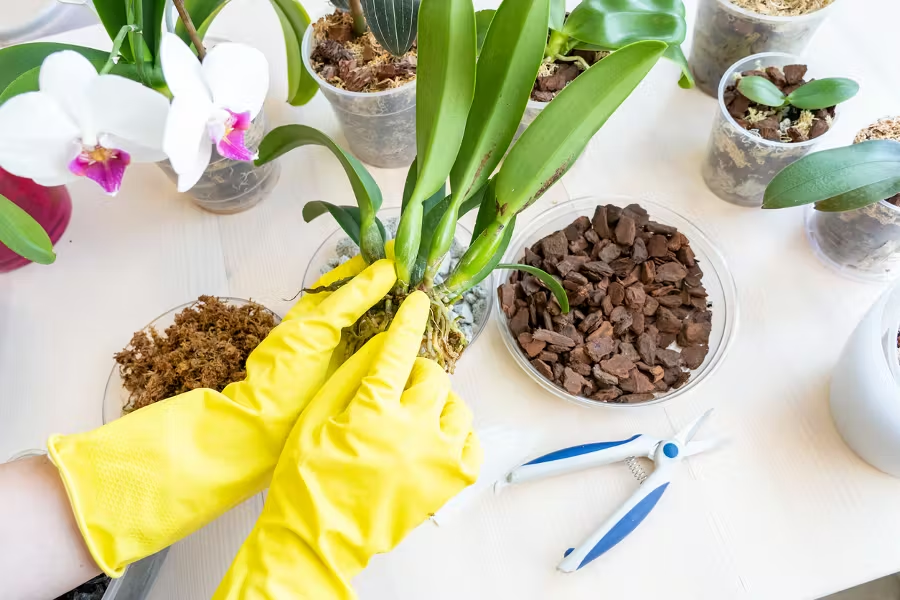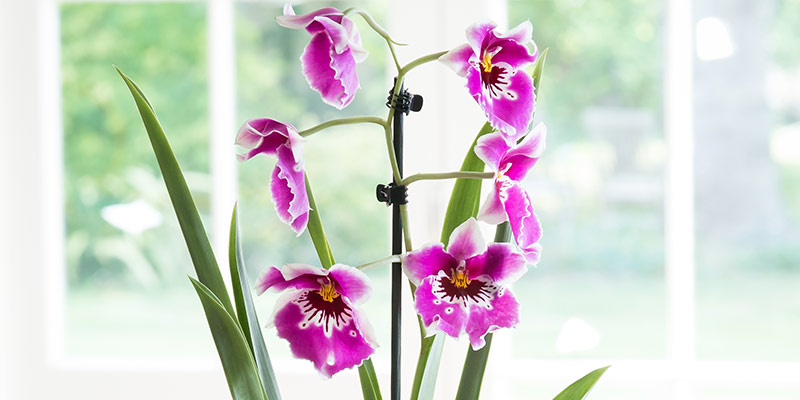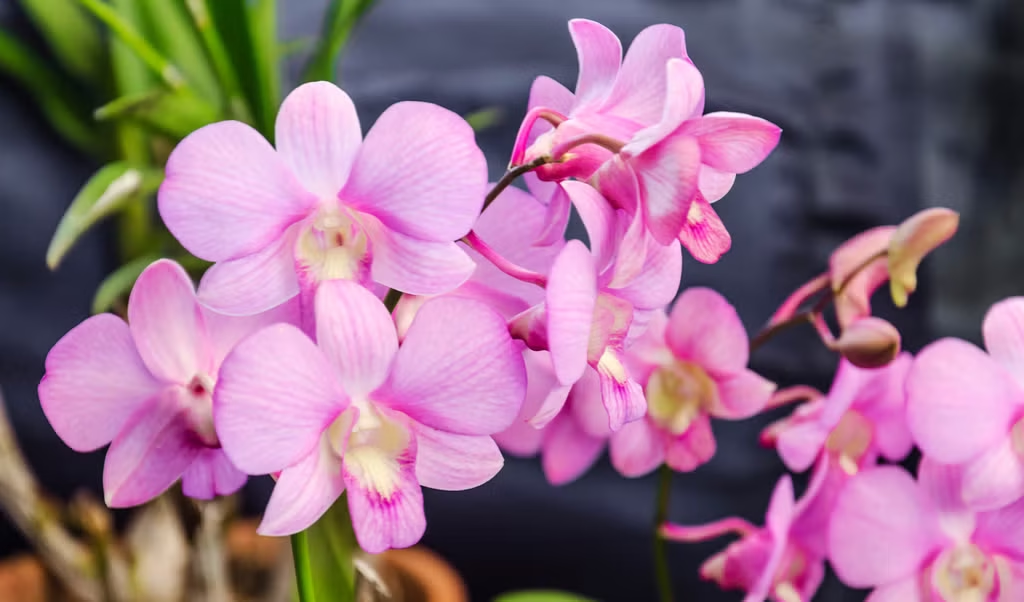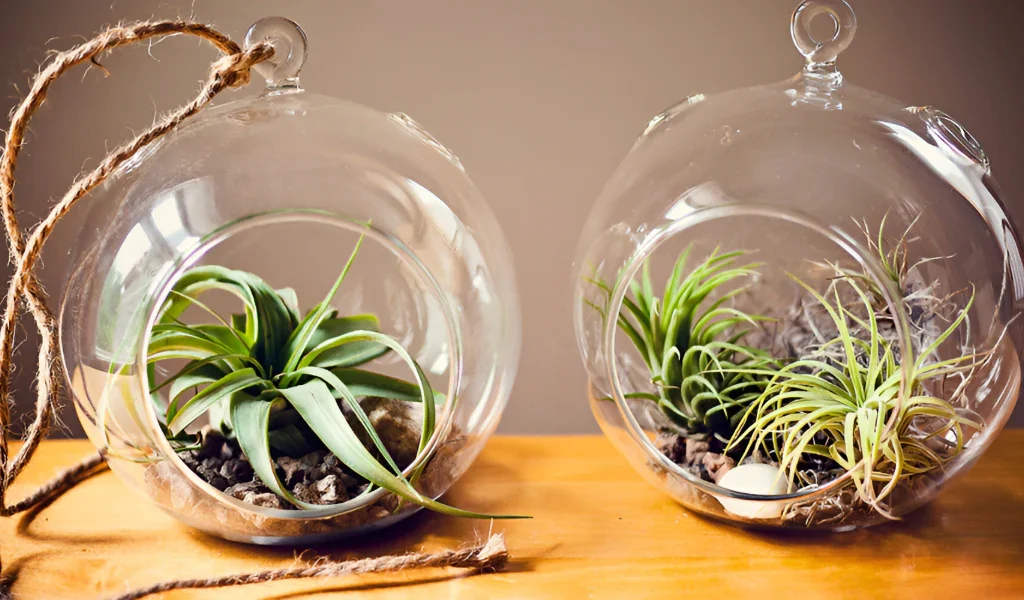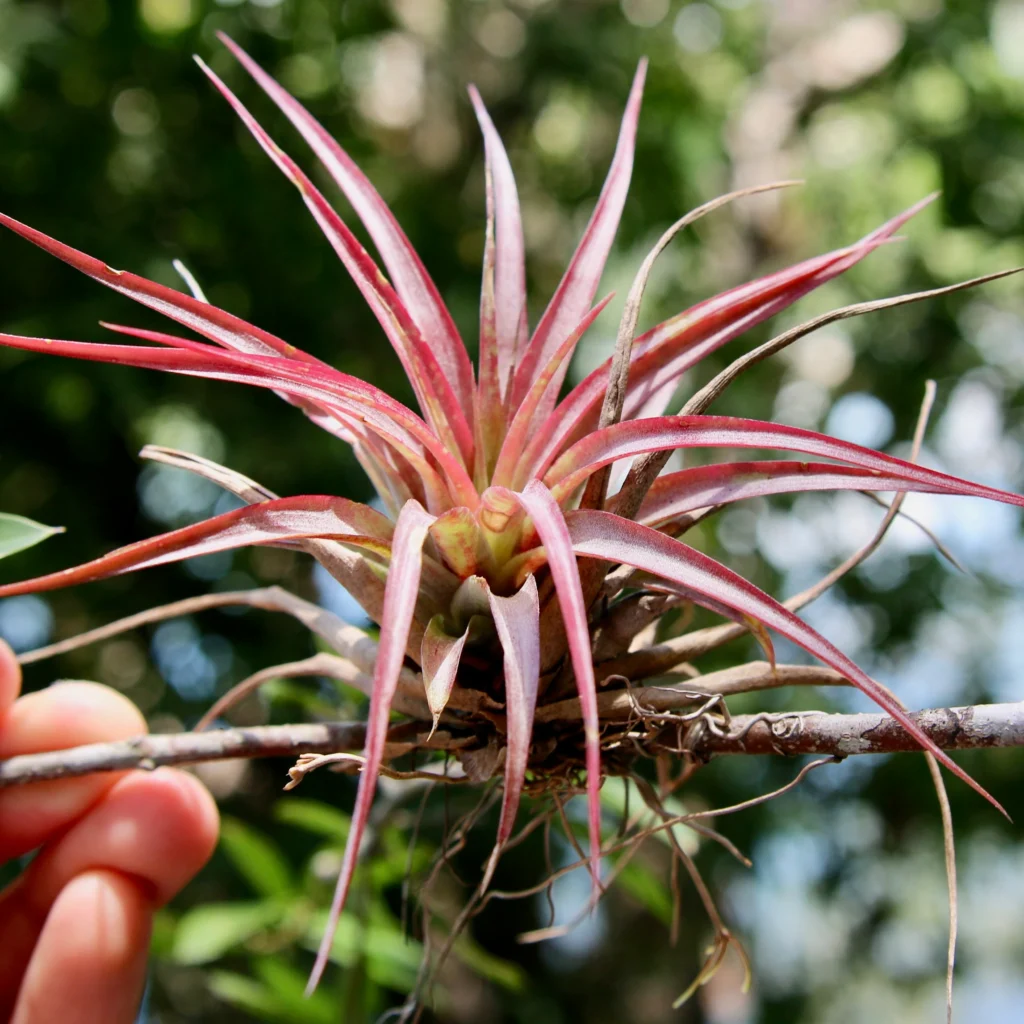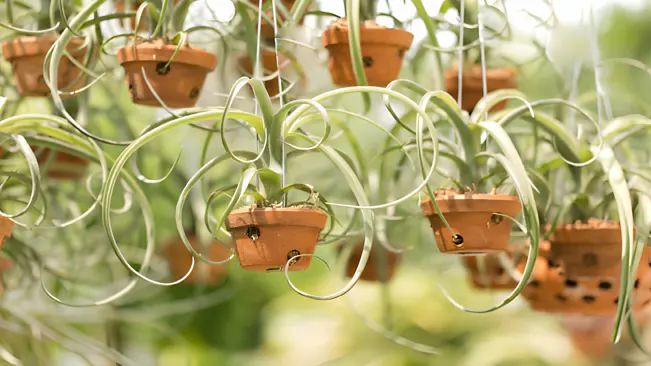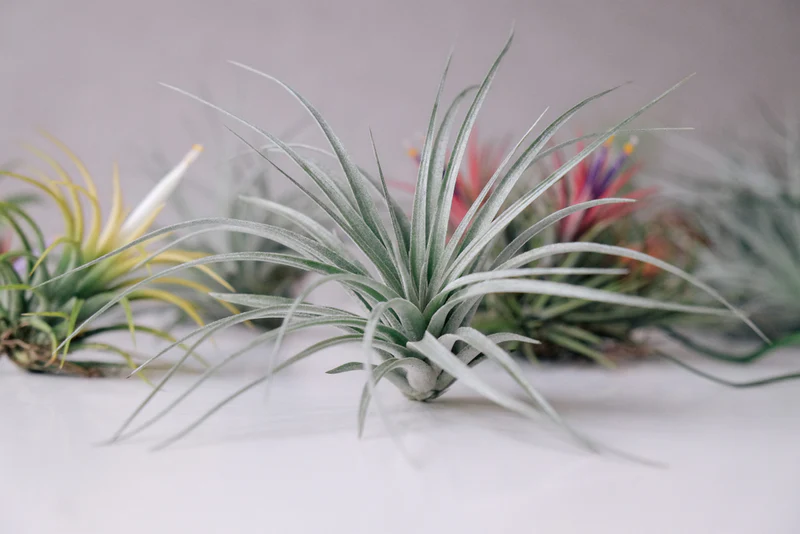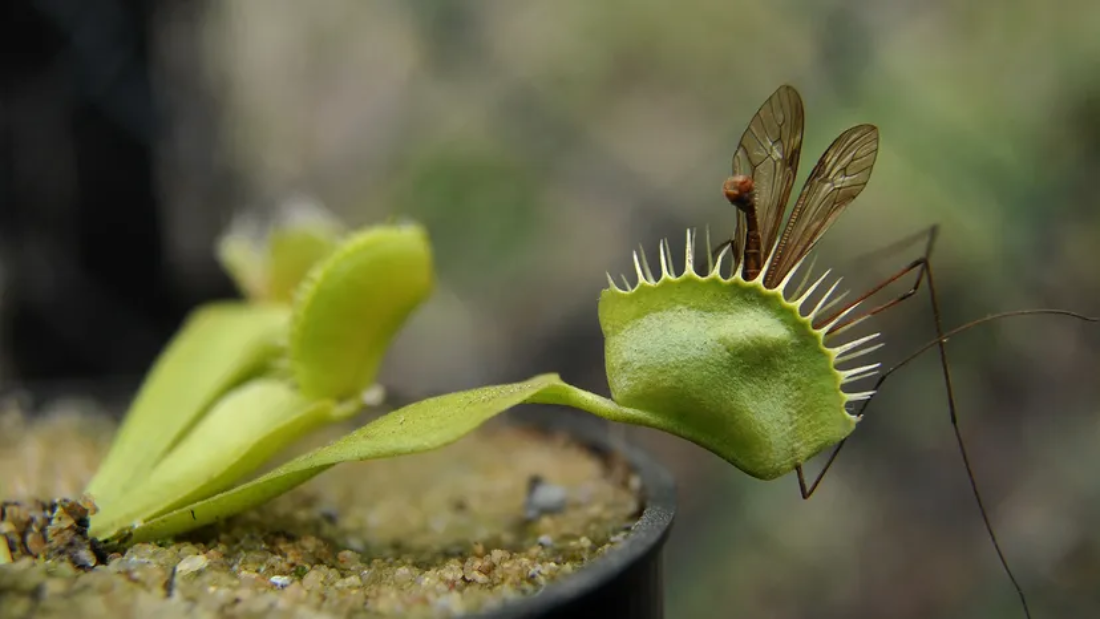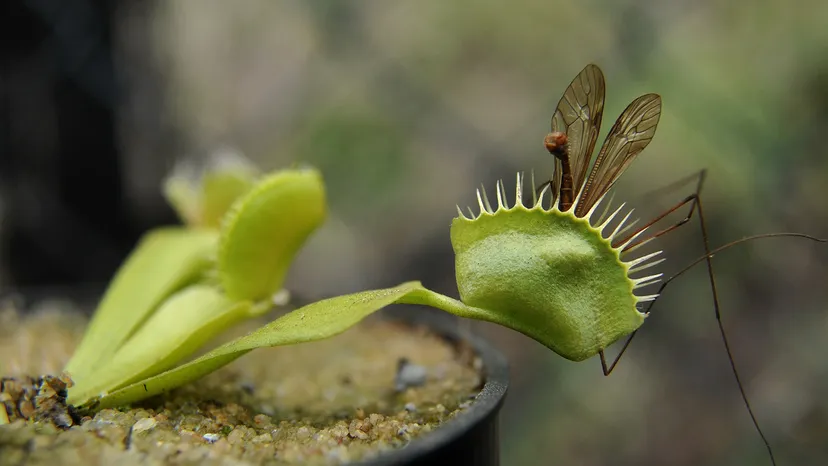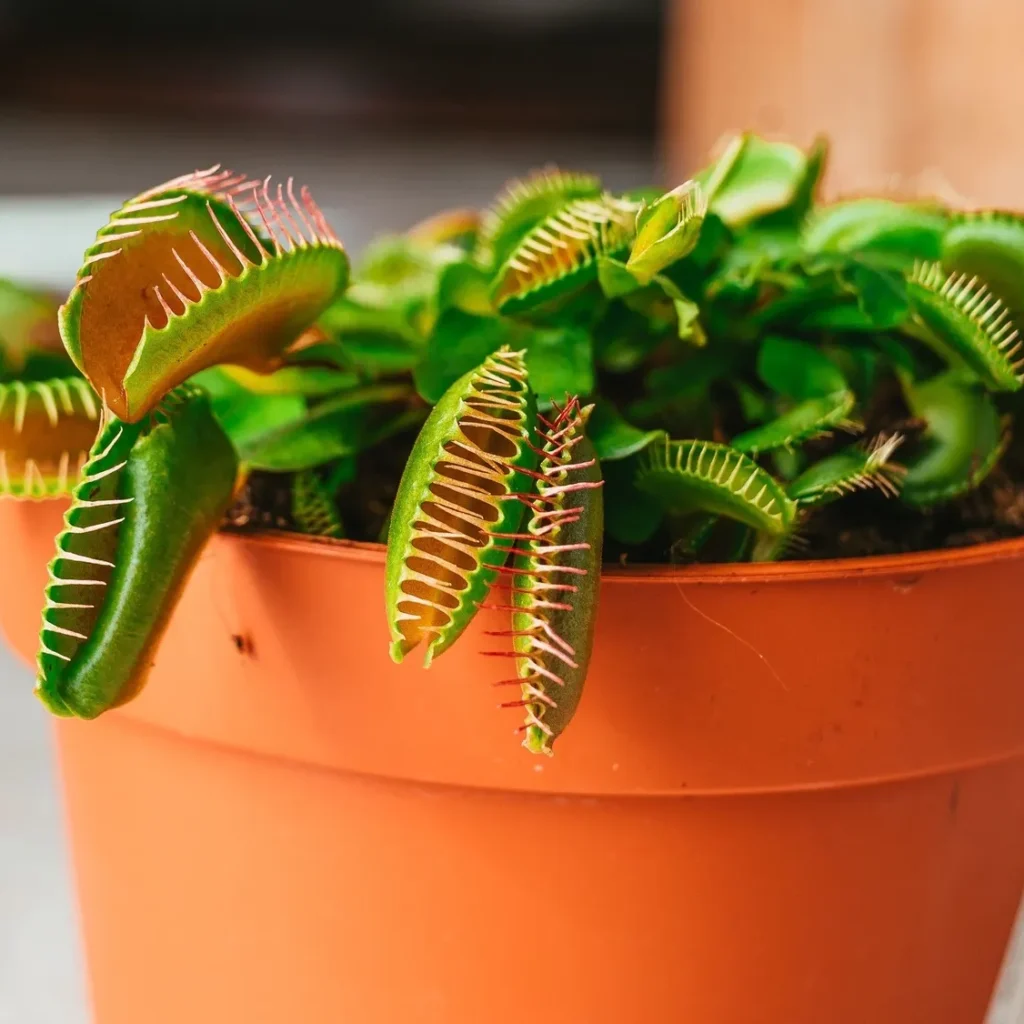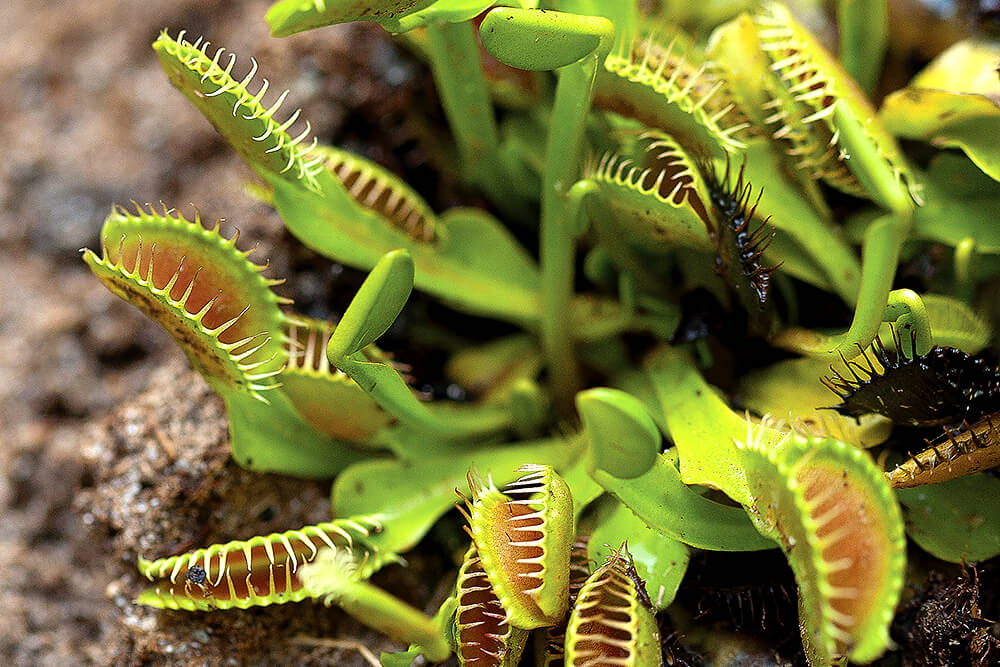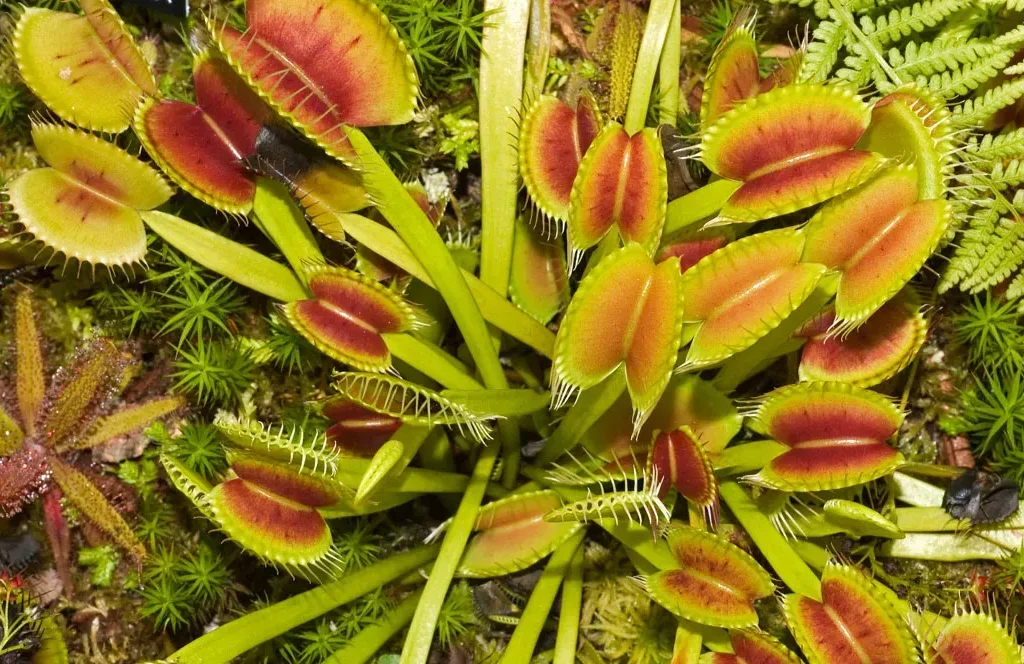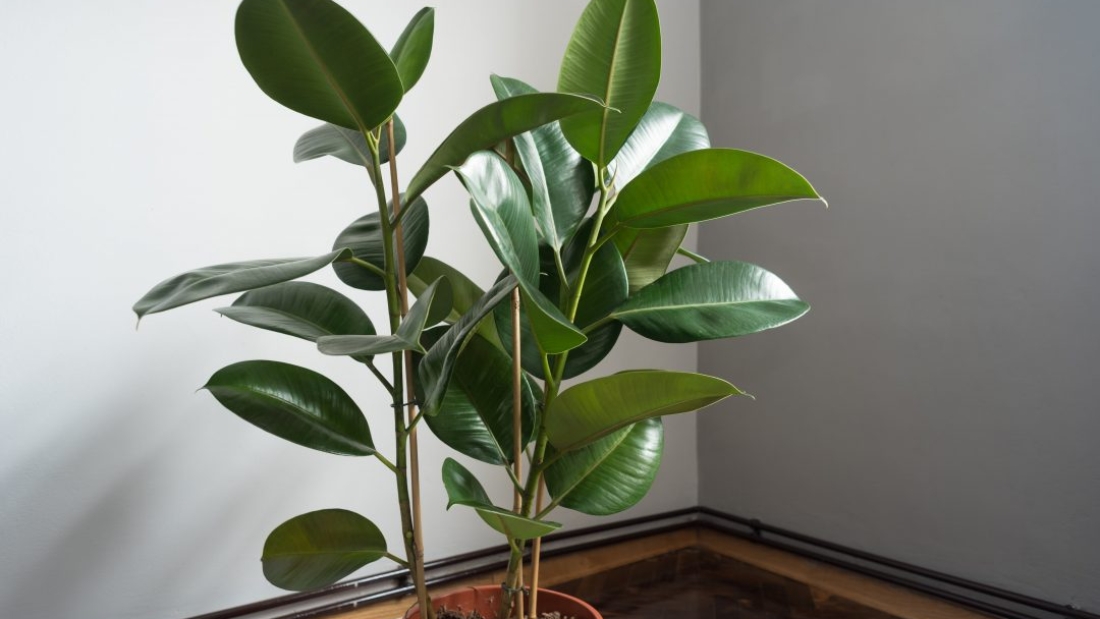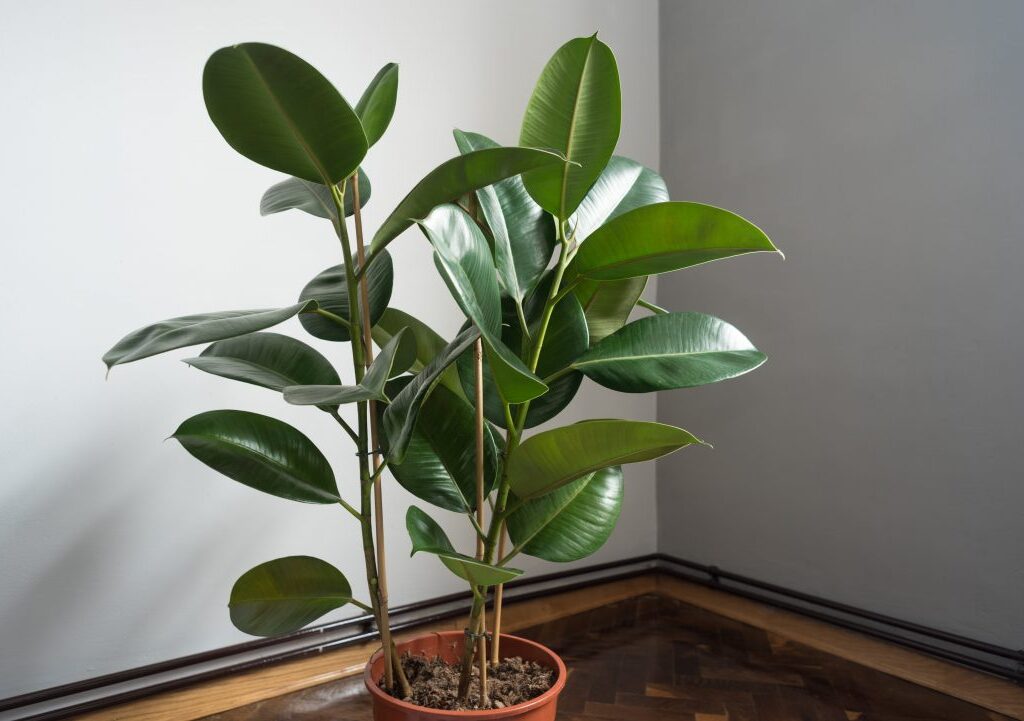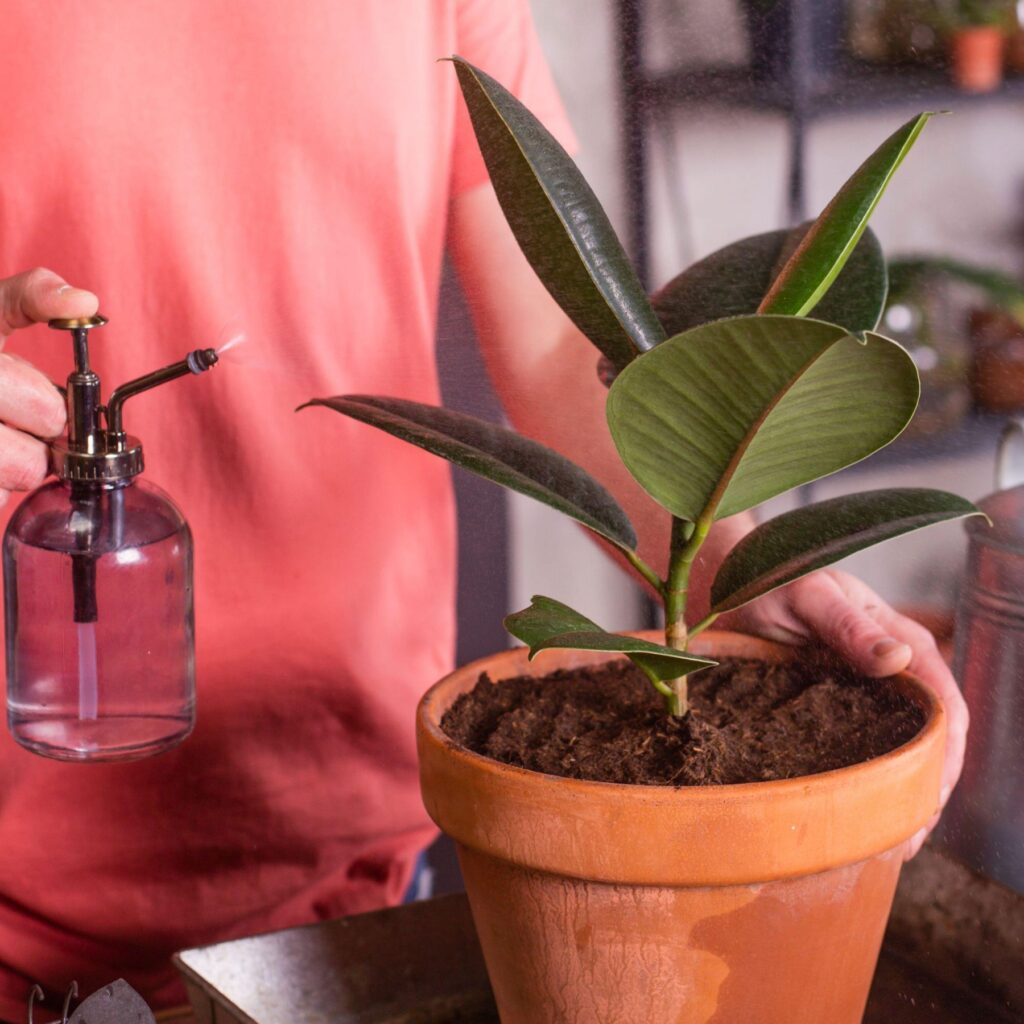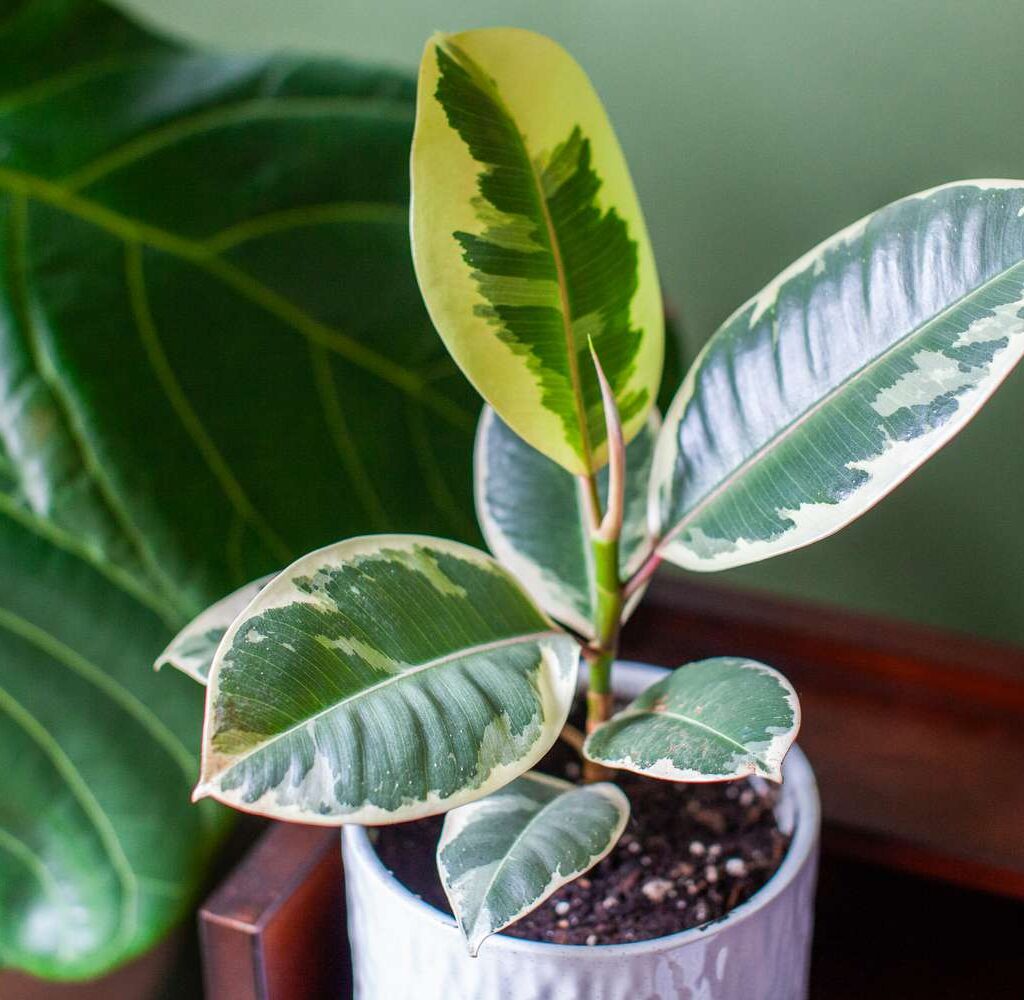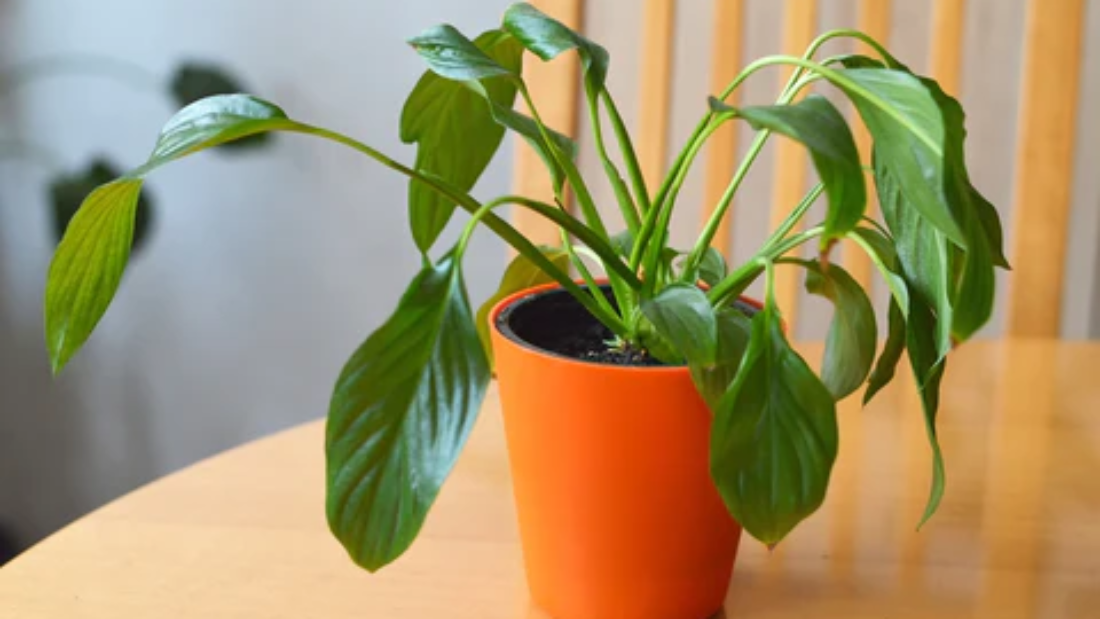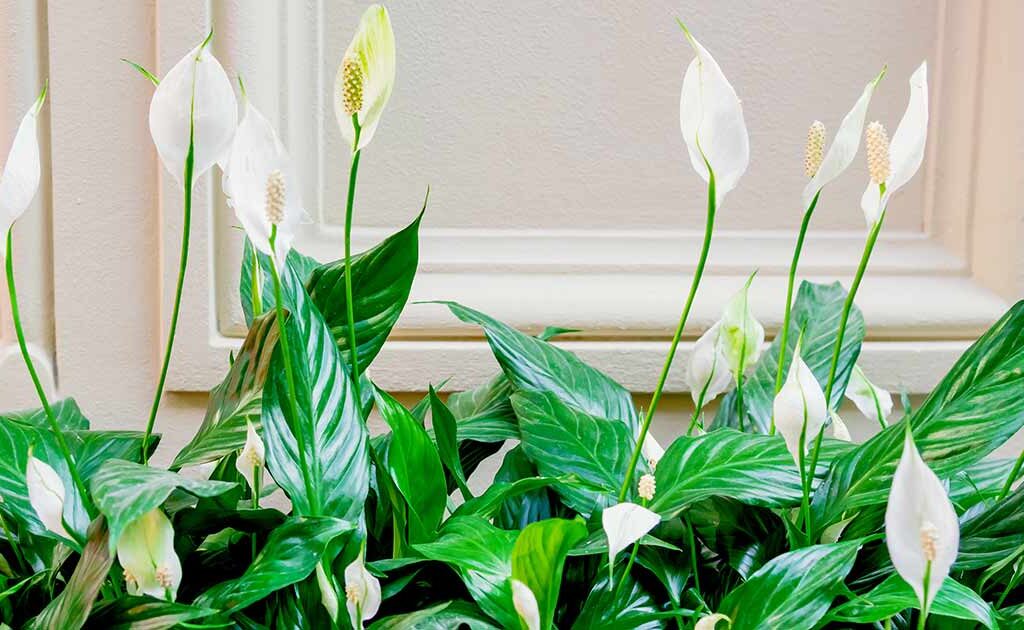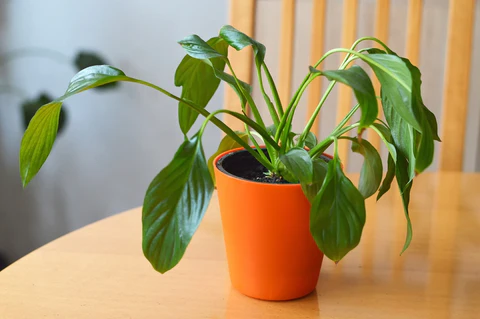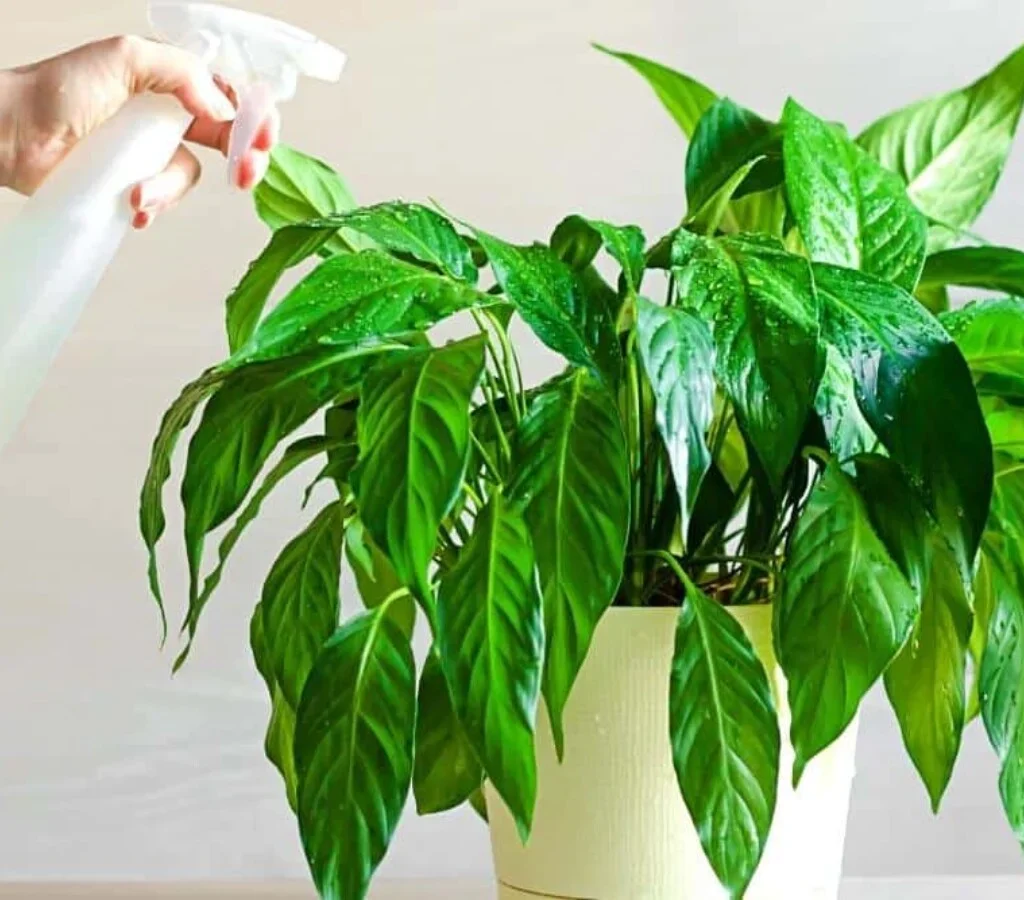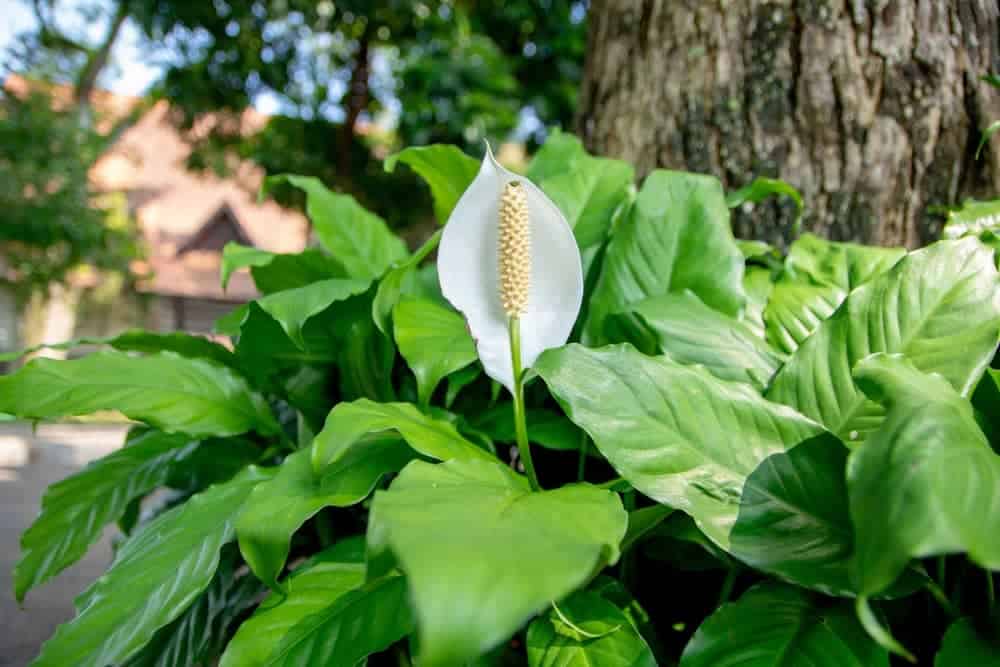The Calla lily is a graceful and elegant flowering plant known for its striking, trumpet-shaped blooms and lush green foliage. Often associated with purity, rebirth, and elegance, Calla lilies have become a favorite in gardens, homes, and floral arrangements worldwide. While they might appear delicate, these plants are surprisingly resilient and easy to grow with the right care.
If you’ve recently added a Calla lily to your collection or are considering planting one, this comprehensive guide will teach you how to care for Calla lily plants efficiently — ensuring stunning blooms and vibrant foliage season after season.
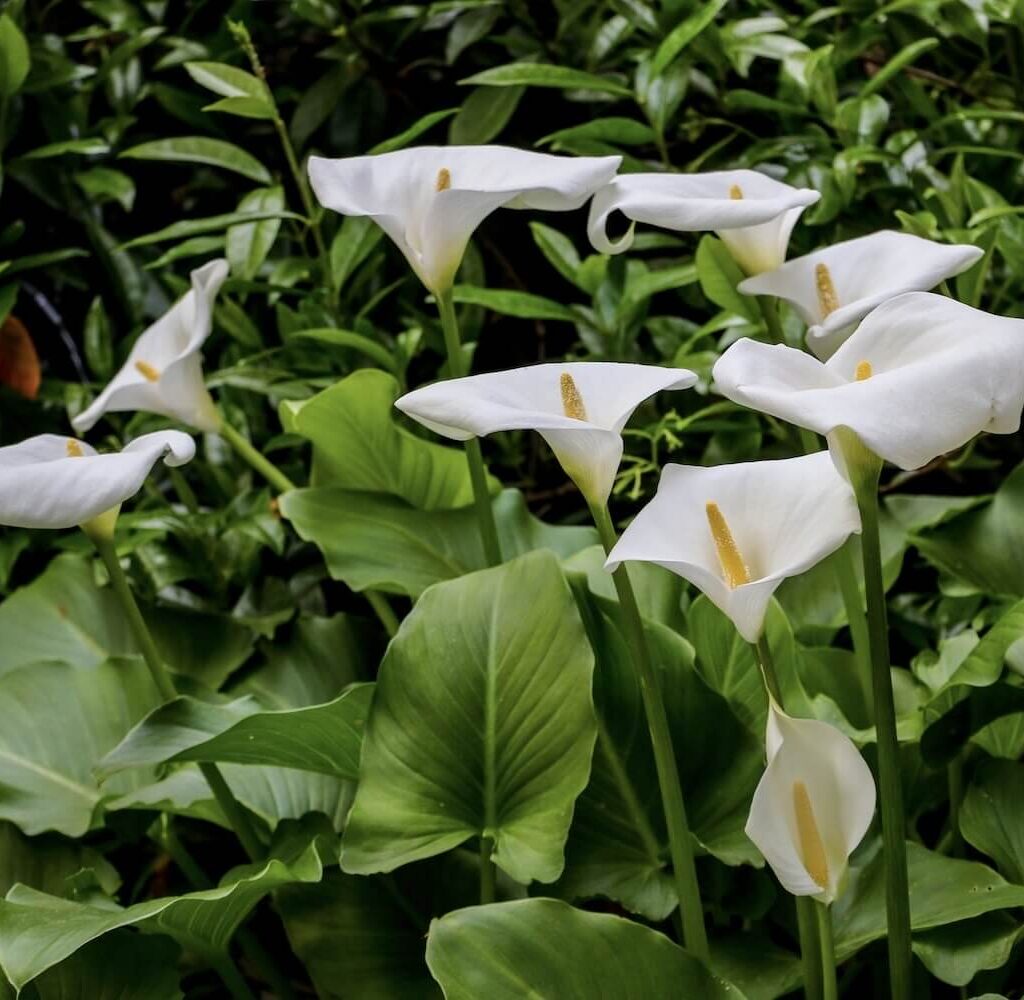
Why Choose Calla Lilies?
Before diving into care tips, let’s appreciate why Calla lilies are such a cherished plant:
- Elegant, sculptural blooms in white, pink, yellow, purple, orange, and even black.
- Versatile growing options: suitable for garden beds, containers, or as indoor houseplants.
- Long-lasting cut flowers for floral arrangements and bouquets.
- Symbolic meaning: Associated with beauty, faith, and rebirth.
- Easy maintenance with minimal effort for rewarding results.
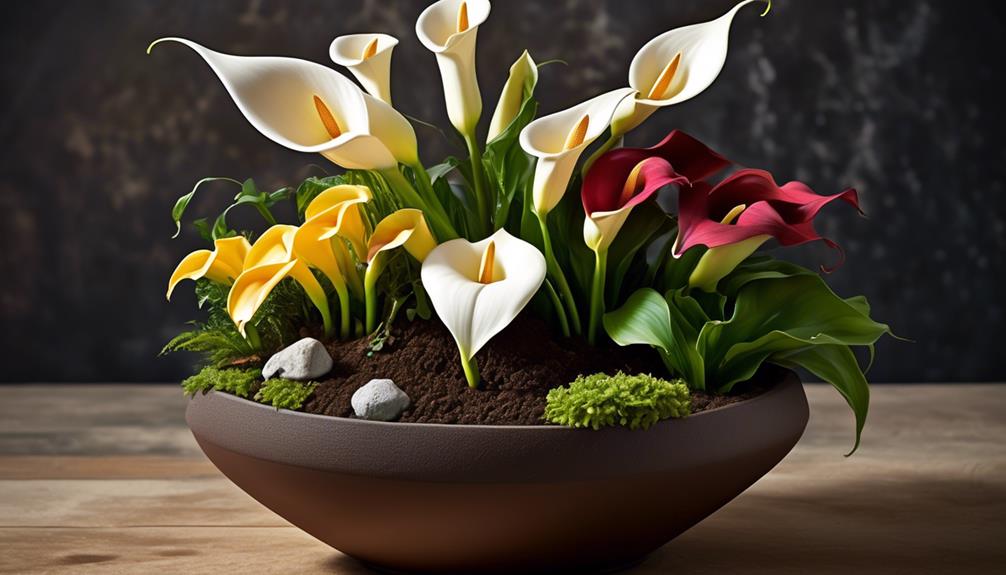
Understanding Calla Lily Varieties
Calla lilies belong to the genus Zantedeschia, native to southern Africa. While they’re called “lilies,” they’re not true lilies. Popular types include:
- Zantedeschia aethiopica (Classic white calla lily, ideal for damp areas and ponds)
- Zantedeschia rehmannii (Pink, purple, and red hues)
- Zantedeschia elliottiana (Yellow blooms with spotted leaves)
- Hybrid calla lilies (Available in striking modern colors like burgundy, orange, and black)
Different varieties have slightly varied care needs, but most thrive under similar conditions.

Where and When to Plant Calla Lilies
Best Location:
- Outdoors: Sunny to partially shaded spots with well-draining soil.
- Indoors: Bright, indirect sunlight, preferably near a south or west-facing window.
Ideal Time to Plant:
- Spring after the danger of frost has passed.
- Indoors or greenhouse planting can happen year-round, but spring is ideal for active growth.
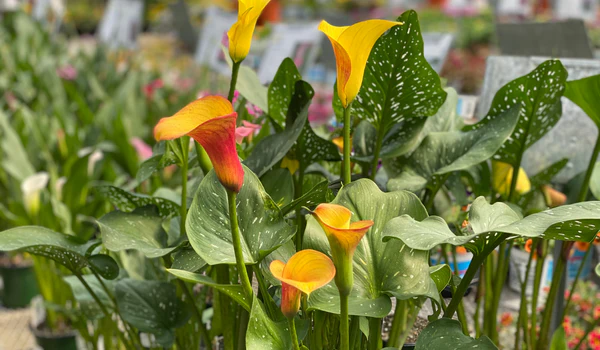
Choosing the Right Soil for Calla Lilies
Soil is the foundation of efficient plant care, and Calla lilies have specific preferences.
Soil Type:
- Well-draining, rich in organic matter.
- Slightly acidic to neutral pH (6.0–7.0).
Ideal Soil Mix:
For container Calla lilies, mix:
- 2 parts potting soil
- 1 part compost or aged manure
- 1 part perlite or coarse sand for drainage
Avoid heavy clay soils and overly sandy soils unless amended with compost.
Light and Temperature Requirements
Calla lilies thrive in bright conditions but don’t appreciate harsh, direct sunlight, especially during peak afternoon heat.
Light:
- Outdoors: Full sun to partial shade.
- Indoors: Bright, filtered light. Avoid placing directly against hot windows.
Temperature:
- Prefer warm temperatures between 60°F to 80°F (15°C–26°C).
- Protect from frost and cold drafts.
- Bring outdoor potted plants inside before temperatures dip below 50°F (10°C).
How to Water Calla Lilies Efficiently
Watering is crucial for Calla lily health, especially during active growth and blooming phases.
Watering Guidelines:
- During growth and flowering (spring to summer): Keep soil consistently moist but never waterlogged.
- After flowering and during dormancy: Reduce watering as leaves yellow and die back.
- Avoid soggy conditions, as Calla lilies are susceptible to root rot.
Tip: Outdoor Calla lilies near ponds or water features thrive with their moisture-loving nature.
Fertilizing Calla Lilies
Calla lilies benefit from regular feeding to fuel their lush growth and vivid blooms.
Fertilizer Type:
- Use a balanced, water-soluble fertilizer with a ratio like 10-10-10 or 12-12-12.
- For brighter, healthier flowers, opt for a slightly higher phosphorus formula (e.g., 10-20-10).
Feeding Schedule:
- Fertilize every 2-4 weeks during the growing season.
- Stop fertilizing as the plant enters dormancy (late summer to fall).
Calla Lily Dormancy Care
One of the unique aspects of Calla lily care is understanding its natural dormancy cycle.
How to Handle Dormancy:
- After flowering, leaves will begin to yellow and die back.
- Stop watering and feeding as the plant enters dormancy.
- In colder climates, dig up the rhizomes (bulb-like structures) after frost and store them in a cool, dry place until spring.
- In warmer regions, leave them in the ground, mulched over winter.
Storing Rhizomes:
- Clean and dry the rhizomes.
- Place in a paper bag or container filled with peat moss or vermiculite.
- Store in a dark, cool area around 50°F–60°F (10°C–15°C).
Pruning and Deadheading Calla Lilies
Pruning:
- Remove dead or yellowing leaves promptly to keep the plant healthy and tidy.
- Cut back spent flower stems at the base to encourage more blooms.
Deadheading:
- Regularly remove faded flowers to prolong blooming and prevent seed formation, which can sap plant energy.
Managing Common Pests and Diseases
Calla lilies are relatively hardy but can occasionally face pest and disease problems.
Common Pests:
- Aphids
- Spider mites
- Thrips
- Slugs and snails (outdoors)
Natural Remedies:
- Wipe leaves with a damp cloth.
- Use insecticidal soap or neem oil.
- Introduce beneficial insects like ladybugs in the garden.
Common Diseases:
- Root rot (caused by overwatering)
- Bacterial soft rot
- Powdery mildew
Prevention Tips:
- Ensure good soil drainage.
- Avoid overhead watering.
- Improve air circulation around plants.
- Remove and discard any affected leaves.
Calla Lilies as Indoor Houseplants
Calla lilies make stunning indoor plants with a bit of extra care.
Indoor Care Tips:
- Provide bright, indirect light.
- Maintain consistent moisture without waterlogging.
- Rotate the pot occasionally for even light exposure.
- Mist leaves in dry environments to increase humidity.
- Cut back on watering and feeding once leaves die back after blooming.
Propagating Calla Lilies
You can easily multiply your Calla lily collection through rhizome division.
How to Propagate:
- In late fall, after the plant goes dormant, dig up the rhizomes.
- Gently separate healthy, firm rhizomes with at least one growing eye (bud) each.
- Let them dry for a day.
- Replant them in spring or store until the following growing season.
Conclusion
Caring for Calla lily plants efficiently is a rewarding experience for gardeners of all levels. By providing the right balance of sunlight, moisture, warmth, and nutrients, you’ll enjoy spectacular blooms and lush, vibrant foliage. Understanding their natural cycles — from active growth to dormancy — allows you to work with the plant’s rhythm, ensuring health and beauty year after year.
Whether planted in garden beds, decorative containers, or used as elegant indoor plants, Calla lilies are a timeless favorite that bring sophistication and life to any space. With this guide, you’re now equipped to care for your Calla lilies like a pro.

